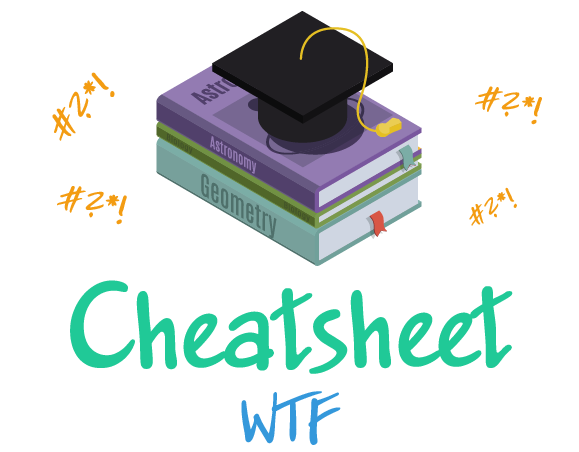HTML5 Cheatsheet
This site is a reference for HTML.
HTML is a markup language used for webpages; it is the original language for designing webpages and can be (and most often is) assisted by technologies such as CSS (Cascading Style Sheets) and Javascript. It was initially released in 1993.

For the full experience we recommend viewing this website on a desktop or tablet.
OpSec OSINT Git Python Bash Linux CLI Package Management Regular Expressions Nano Vim HTML5 Markdown Bootstrap 4 JQuery Flask ASCII IP HTTP Port Numbers Save App
See Similar
Select a Category
View all Cheatsheets General Purpose (1) Domain Specific (1) Imperative (1) Object-Oriented (1) Web Development (3) DevOps (1) Control Versioning System (1) System Administration (2) Scripting Language (1) Compiled Language (1) Markup Language (2) Command Language (1) Framework (2) Frontend (1) Backend (6) Software Library (3) Tool (2) Standard (1) Text Editor (3) Text Processing (4)
HTML5 Categories
Use the compass to jump to a specific section of the selected cheatsheet
The most basic tags
These are the most essential tags.
Formatting of text.
Semantic tags for defining the text-elements. Good to know.
Form and Input tags
These elements are crucial in HTML
Handling Graphics with HTML
This is more than mere images - some of these tags are very powerful and useful
How to use lists in HTML
Very essential aspect of HTML is the use of ordered and unordered lists. In many CSS frameworks lists are used for menus.
How to make tables in HTML
Semantics of HTML
Not so important as it used to be; grasping the essential structure however is beneficient.